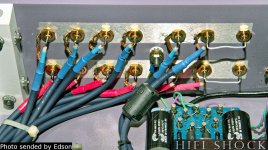Do not end all parts in one fat solder point. Do use solder tags to fix one part and use this as feeder: set the solder points as close as possible at the "real" parts; we do hear every millimeter and every unnecessary diameter of wire, lead, tag...
For ground use a wire and set the solders joints side by side without bold overlapping solder pads.
;-)
For ground use a wire and set the solders joints side by side without bold overlapping solder pads.
;-)
All parts have parasitic C, parasitic L, and parasitic R, no matter how large or how insignificant the parasitic is, relative to the part's intended/specified value.
Some parasitics are at the outer layer of the Onion, and others are at the core of the Onion.
Peel the outer layers off of the Onion before attacking the inner layers.
Just my opinion.
A customer of mine had a 6 foot tall large diameter massive ground return, and he was getting 100 Volts across the bottom 12 inches (from ground to 1 foot up the 6 foot return).
I knew he had several amps of very fast rise signal being returned to ground through the 6 foot massive "ground return".
"Grounds are Commonly Misunderstood" (both true, and an intended pun).
Have Fun!
Happy New Year!
Some parasitics are at the outer layer of the Onion, and others are at the core of the Onion.
Peel the outer layers off of the Onion before attacking the inner layers.
Just my opinion.
A customer of mine had a 6 foot tall large diameter massive ground return, and he was getting 100 Volts across the bottom 12 inches (from ground to 1 foot up the 6 foot return).
I knew he had several amps of very fast rise signal being returned to ground through the 6 foot massive "ground return".
"Grounds are Commonly Misunderstood" (both true, and an intended pun).
Have Fun!
Happy New Year!
Last edited:
"Just my Onion" ? 🙂Some parasitics are at the outer layer of the Onion, and others are at the core of the Onion.
Peel the outer layers off of the Onion before attacking the inner layers.
Just my opinion.
Could not resist...
David
Wow; really admire your ability to design RF circuits. Way beyond my walnut-brain understanding of amplifiers...This is an intermediate approach.
Talk about managing parasitics...nice prototyping approach!
David
Its an FM tuner. Really working but I need a proto pcb larger to avoid the U form of the signal path that causes detector to be too close to input stage and causes regeneration.
Sounds like a fun issue to solve. Best luck!Its an FM tuner. Really working but I need a proto pcb larger to avoid the U form of the signal path that causes detector to be too close to input stage and causes regeneration.
David
This looks rad! I can't quite discern what in fact it is...;-)
Not beautifully photographed, but also sounds good;-)
there's knobs... a preamp?
but then those big caps—output-stage?
but then those fine wire... huh?
very cool!
Thank you;-!This looks rad! I can't quite discern what in fact it is...
there's knobs... a preamp?
but then those big caps—output-stage?
but then those fine wire... huh?
very cool!
It is a very slimmed "JLH 1969". Just for a friend.
I should take good photos of such, of these works;-)
mind-bending!
I love this kind of electronic sculpures, wonderfully overthetop/beyond funcionality!

I love this kind of electronic sculpures, wonderfully overthetop/beyond funcionality!

These are fetishists, too. Very inspiring from in to out!Thoress made some nice p2p gears.
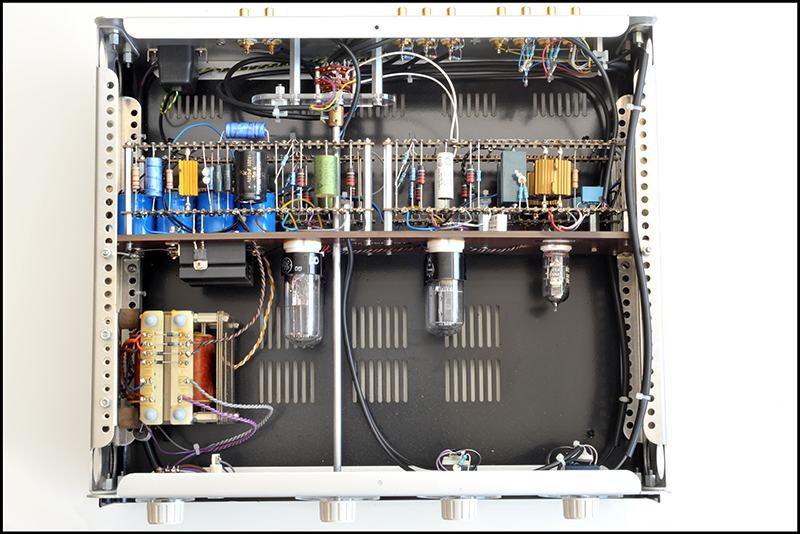
I wonder what those resistors do? Attenuate?
Attachments
The "left bank" is the phono, so these resistors are the 47k input resistors.I wonder what those resistors do? Attenuate?
On the right I think are volume attenuators on CD input.
Various versions of MFA Luminescence full function preamp.
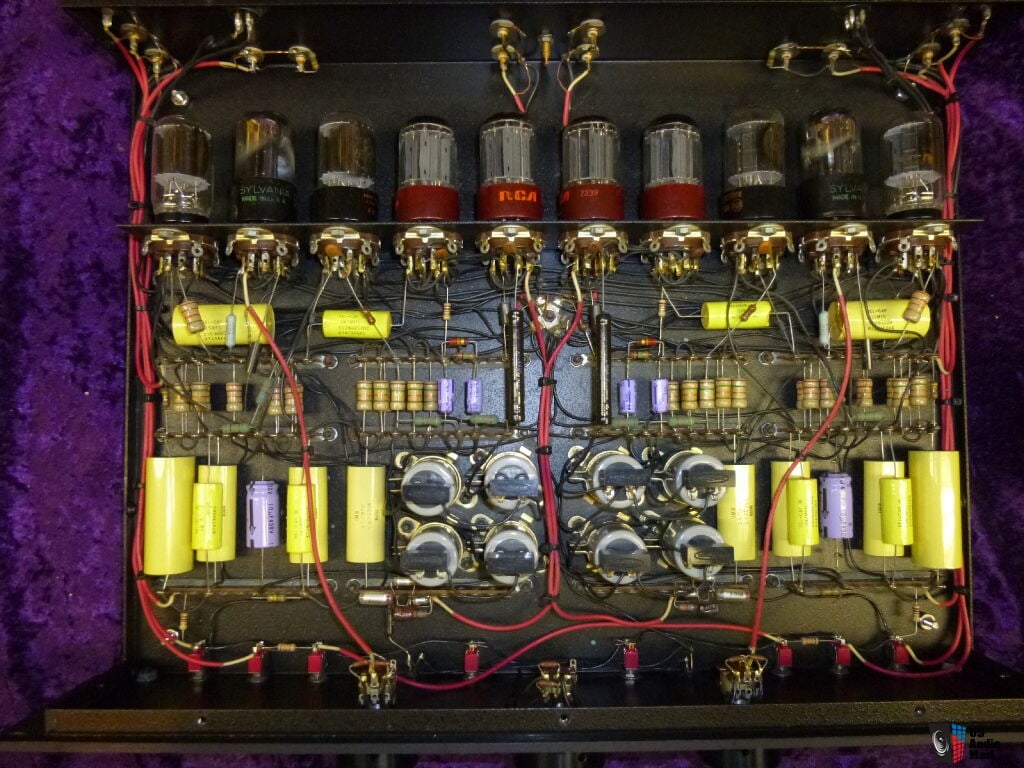
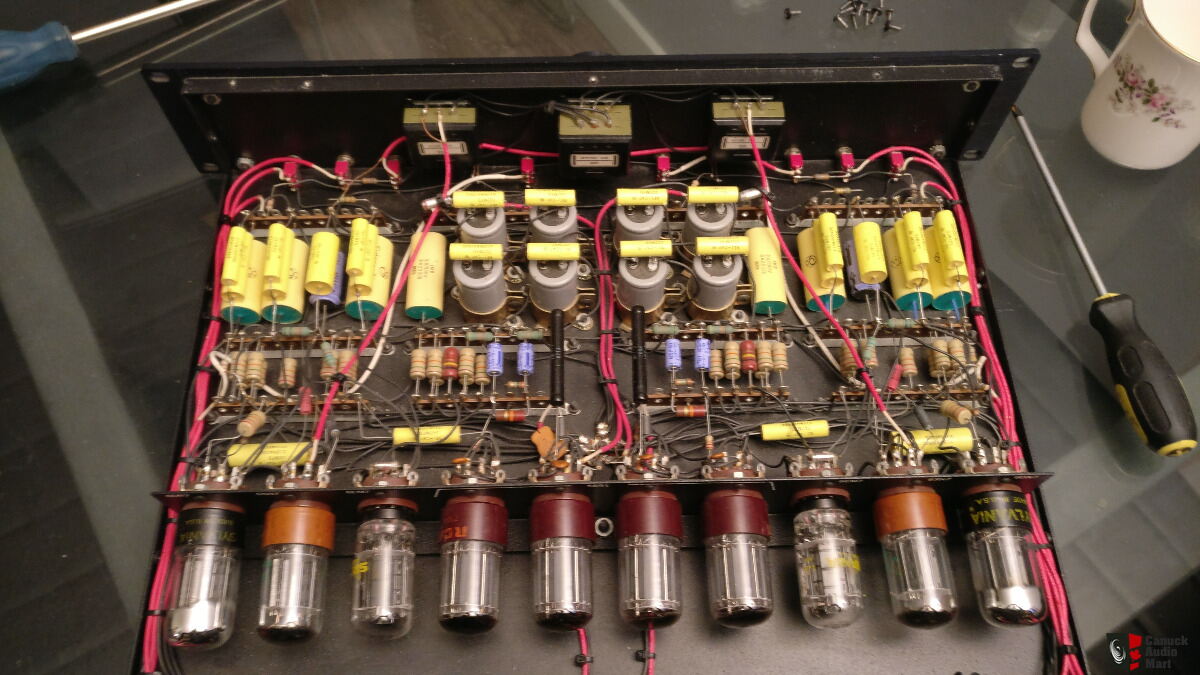
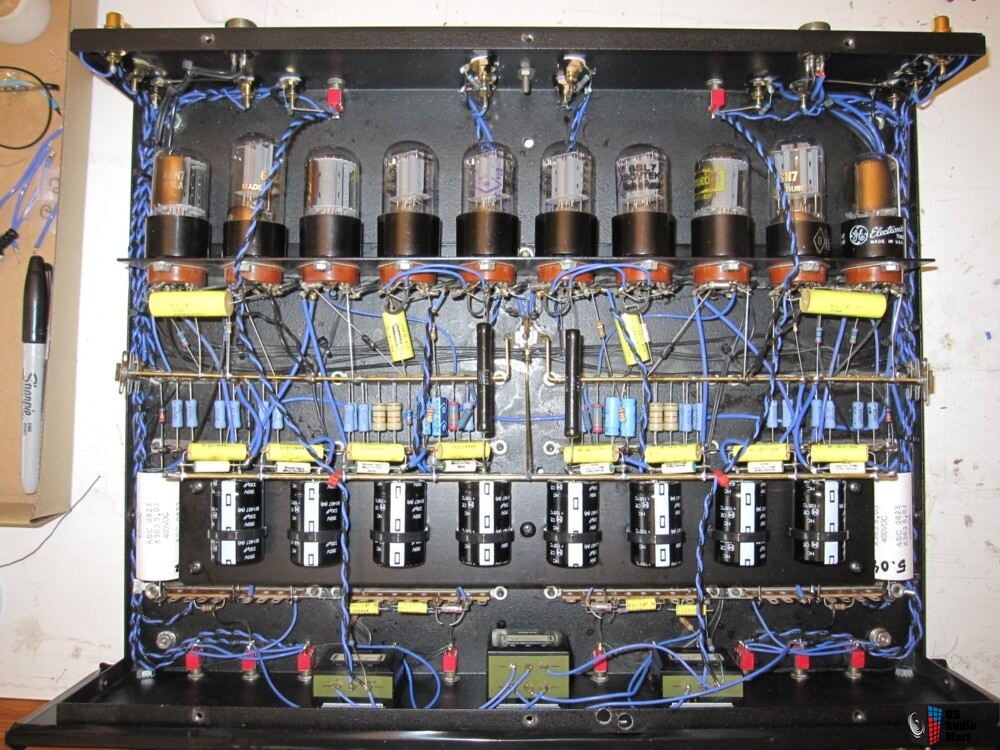

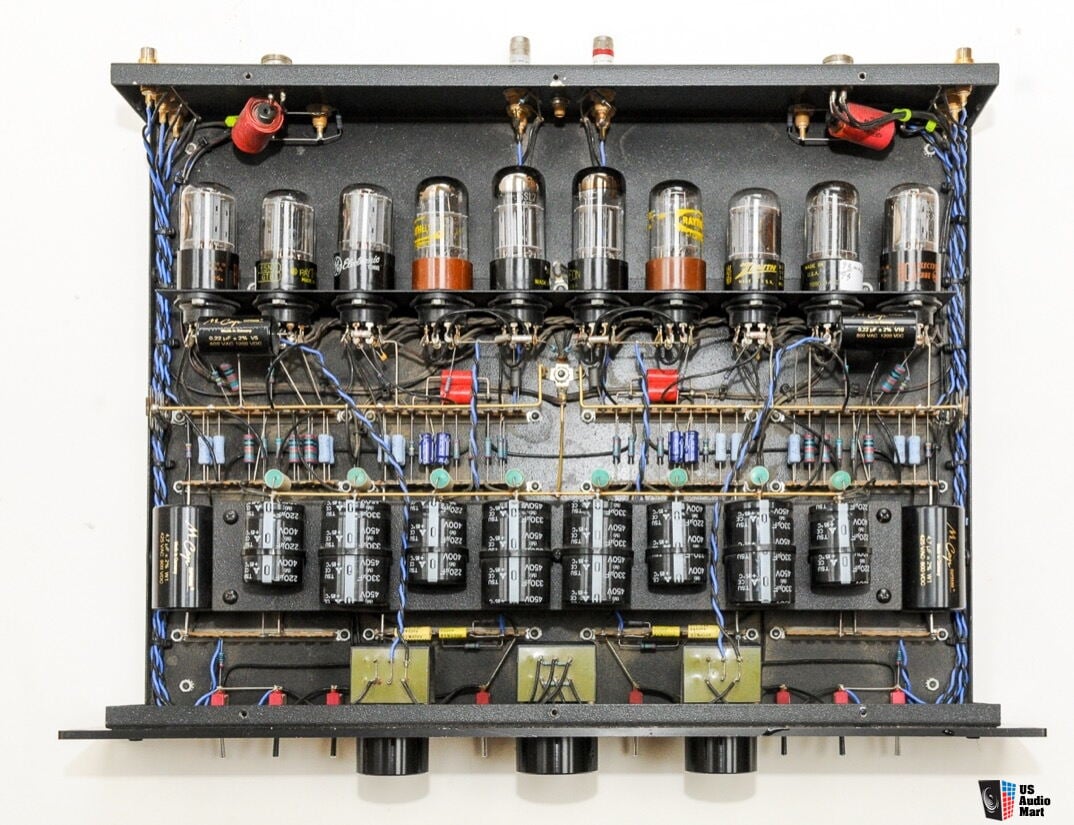
Wyetech Pearl preamp.
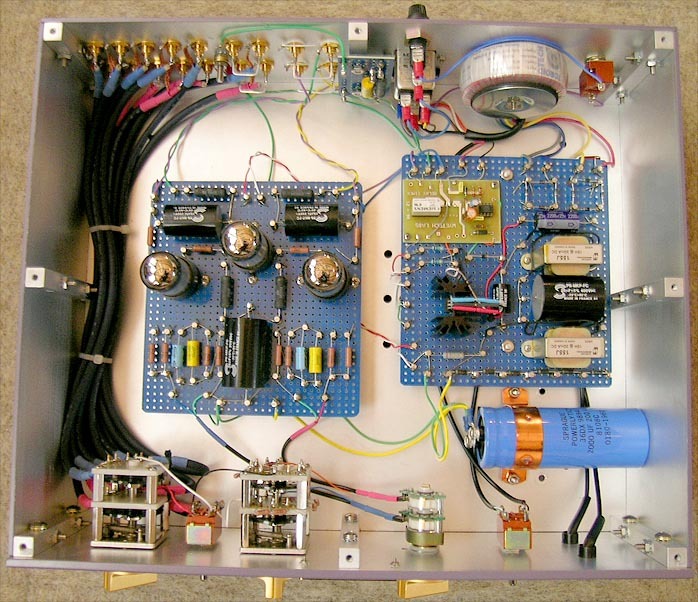
Wyetech Opal preamp.








Legendary Fairchild 670 compressor.








Wyetech Pearl preamp.

Wyetech Opal preamp.








Legendary Fairchild 670 compressor.



The best example: never use these screwed solder lugs. This gives away a lot of cleanliness, resolution and homogeneity. And with RCA, use only ONE channel to connect the ground. When using both channels, you have sound worsening larger cross-cuts, more undefined transitions, small hum loops, so not One circuit, and more.
Also, it looks like all the grounds are connected to this cabinet. Should it be so, then it is simply botched - and the result sonic garbage)-;
Sorry)-;
Also, it looks like all the grounds are connected to this cabinet. Should it be so, then it is simply botched - and the result sonic garbage)-;
Sorry)-;
Attachments
- Home
- Amplifiers
- Tubes / Valves
- Point to point wiring
![IMG_20180212_183836[1].jpg](/community/data/attachments/1032/1032828-a045e9b4723a6cfd6e7db4f63711ace9.jpg?hash=oEXptHI6bP)
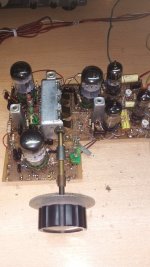

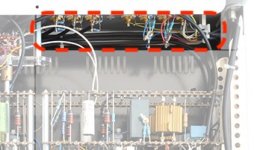
![DSCN0206[1].JPG](/community/data/attachments/1033/1033440-581a17d9576709fa68ecf6db634fff57.jpg?hash=WBoX2VdnCf)

